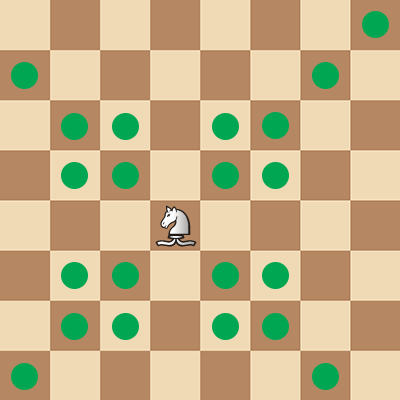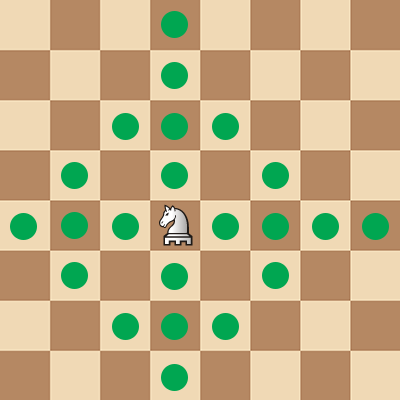 Grandhouse
Grandhouse
Grandhouse is a custom variant combining the rules of Grand chess with the drop rules of Crazyhouse. The same rules apply to both games. Crazyhouse and Grandhouse rules are provided below.
Crazyhouse Rules
Drops can be performed with captured pieces, which would be done in lieu of moving a piece on the board. Drops are annotated with @. So for example, R@e4 means rook drop at e4. The rules for dropping pieces are as follows:
- Drops resulting in immediate checkmate are permitted. Unlike in shogi, this includes pawn drops.
- Pawns may not be dropped on the players' 1st or 8th - 10th ranks.
- Pawns that have been promoted and later captured are dropped as pawns.
- Dropped white and black pawns on the 3rd and 8th ranks, respectively, are permitted to make a two-square move as their first move after the drop.
Exception to Crazyhouse rules: Given the larger board size, the rules are slightly different for the last three ranks. Pawns cannot be dropped in the last three ranks.
Original Grand Chess Rules
All other rules are as in Grand chess, which are the following:
The game is played on a 10 x 10 board, with additional files for the new Marshal (Knight/Rook) and Cardinal (Knight/Bishop), which are both placed on the king side. Because of the larger board size, most of the starting pieces are moved up one rank, with the exception of the rooks which remain in the last ranks.
In addition to the pieces and setup, there are three other significant differences:
- Pawns can promote when reaching the eighth or ninth rank. Promotion must happen upon reaching the 10th rank. If not possible (see next point), then the pawn can’t move.
- Pawns can only promote to pieces of the same color that have been lost.
- There is no castling.
(Please note that despite the names of Marshal and Cardinal, the notation used here uses A and C for both of those, respectively (as in Capablanca chess), so that the PGN is compatible with other chess variant software.)
New Pieces
Cardinal

Various symbols used for the cardinal. (Note that the hawk is only for Seiwaran Chess).

The cardinal (A in Pychess, for archbishop) is a compound piece combining the moves of the bishop and knight. In terms of fairy pieces, this is generically known as the princess, but also has other names in different variants.
The piece is often symbolized with a combination of a knight and bishop; most variants often do not specify how the piece should look otherwise (which is why we offer different piece sets to choose from).
The cardinal is unique in that it is the only piece that can checkmate on its own, which you may be able to appreciate if you look at its movement/attack pattern.
The value of a cardinal is considered slightly better than a rook, but less than the elephant and queen.
Marshal

Various symbols used for the marshal. (Note that the elephant is only for Seiwaran Chess).

The marshal (C in Pychess, for chancellor) is a compound piece combining the moves of the rook and the knight. In terms of fairy pieces, this is generically known as the empress, but also has other names in different variants.
The piece is often symbolized with a combination of a knight and rook; most variants often do not specify how the piece should look otherwise (which is why we offer different piece sets to choose from).
The value of a marshal is considered better than a cardinal, but equivalent or slightly less than a queen.
Strategy
As in standard crazyhouse, the piece values don't align with the chess piece values, and as in standard crazyhouse, sacrificing material for fast development, attacks on the enemy King, or just for defence, are often wise. Sometimes it is better to reinforce defenders around one's King rather than try to save them. Here we may refer you to sources in standard crazyhouse strategy…